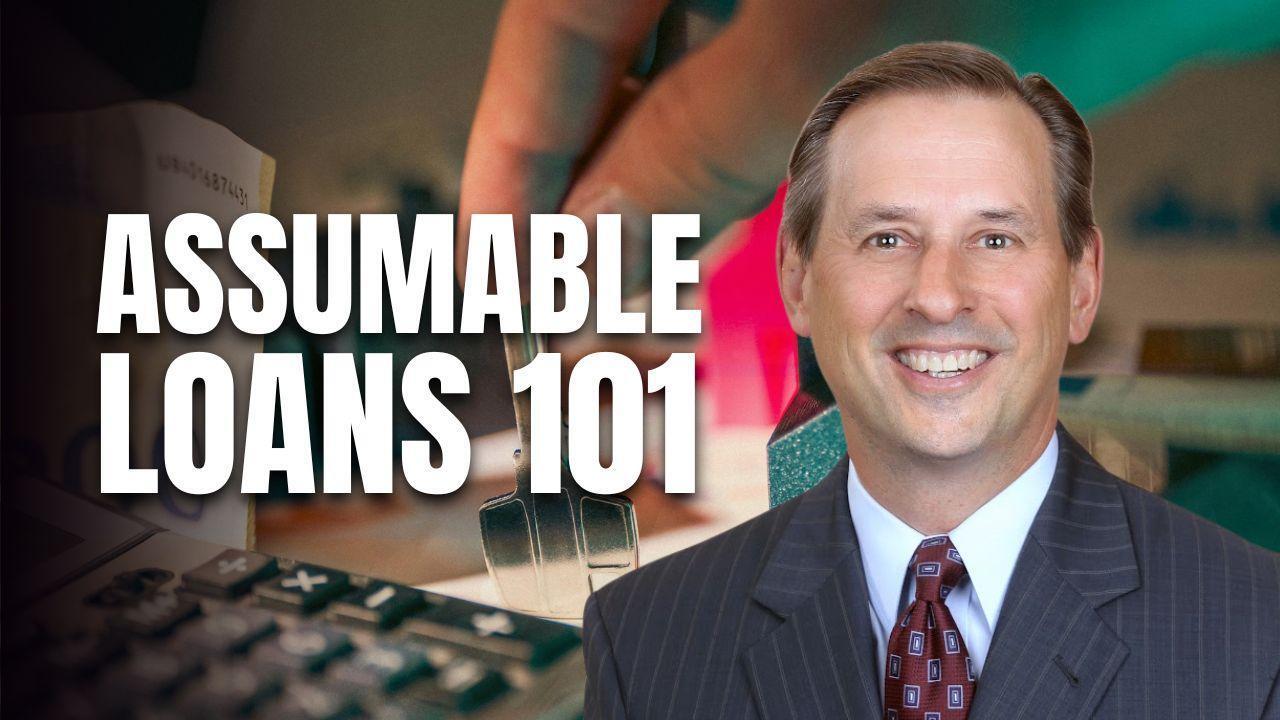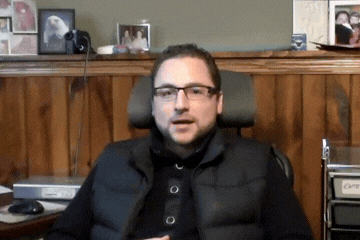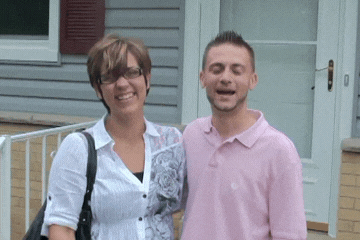What Are FHA Loans and How Do They Benefit Me As A Consumer?
The Federal Housing Agency (FHA) doesn’t directly offer loans. Instead, its purpose is to provide mortgage insurance for Americans to purchase or refinance a principal residence.
Let’s Explore Your Selling Options. We will help you sell your home at the price and terms you want. Free Strategy Call
The Federal Housing Agency (FHA) doesn’t directly offer loans. Instead, its purpose is to provide mortgage insurance for Americans to purchase or refinance a principal residence.
To put it another way, the mortgage loans are funded by private lending institutions (mortgage companies, banks, savings and loan associations, etc.), and those mortgages are then insured by FHA/HUD.
The Benefits of FHA Loans
If you qualify as a prospective homeowner, these loans have three great benefits. First of all, your down payments are lower. Second, closing costs are also lower. And, finally, it’s easier to qualify for credit.
Who Qualifies?
FHA has programs for:
• First-home buyers
• Seniors
• Fixer uppers
• Manufactured housing and mobile homes
• Energy efficiency, etc.
If you’re a first-time home buyer, a FHA loan can be a good deal for you. See the eligibility requirements below. Later, I’ll cover the fixer-upper category requirements. Check with the FHA on other programs.
First-Home Buyer Programs
These programs have the following eligibility requirements:
• You must meet standard FHA credit qualifications (judged by the individual’s credit record).
• You’re eligible for approximately 97% financing.
• You’re able to finance the upfront mortgage insurance premium into the mortgage.
• You’re also responsible for paying an annual premium.
• Within this category, the eligible properties are one-to-four unit structures. As of this writing, the highest maximum FHA mortgage is $362,790 while the lowest maximum amount is $200,160.
The 203(k) Program for Fixer-Uppers
The 203(k) program issues loans to allow you to buy or refinance a property. In the loan, you can also include the cost of making the repairs and improvements.
The loans are provided through approved mortgage lenders nationwide, and they’re available to buyers wanting to occupy the home.
The down payment requirement for an owner-occupant (or a nonprofit organization or government agency) equals about 3% of the acquisition and repair costs of the property.
There are several steps to obtaining such a loan:
• You find a fixer-upper and sign a sales contract after doing a feasibility analysis of the property with a realtor.
• The contract should state that you’re seeking a 203(k) loan. It should also state the contract is contingent on loan approval based on additional required repairs by the FHA or the lender.
• You then select an FHA-approved 203(k) lender and arrange for a detailed proposal showing the scope of work to be done. The proposal should include a detailed cost estimate on each repair or improvement of the project.
• The appraisal determines the value of the property after renovation.
• If you pass the lender’s credit-worthiness test, the loan closes for an amount that will cover the purchase or refinance cost of the property, the remodeling costs and the allowable closing costs.
• The amount of the loan also includes a contingency reserve of 10% to 20% of the total remodeling costs. It’s used to cover any extra work not included in the original proposal.
• At closing, the seller of the property is paid off and the remaining funds are put in an escrow account to pay for the repairs and improvements during the rehabilitation period.
• The mortgage payments and remodeling begin after the loan closes.
You can decide to have up to six mortgage payments (PITI) put into the cost of rehabilitation if the property is not going to be occupied during construction, but it cannot exceed the length of time it’s estimated to take to complete the rehab.
• Escrowed funds are released to the contractor during construction through a series of draw requests for completed work.
• To ensure completion of the job, 10% of each draw is held back; this money is paid after the lender determines there will be no liens on the property.
Whew, somewhat complicated, isn’t it? Well, we’re dealing with a government program! But, FHA loans can be a good deal for you, and I’m available to guide you throughout the entire process. Just give me a call today!
-
Let’s Explore Your Selling Options. We will help you sell your home at the price and terms you want. Free Strategy Call
-
Free Home Value. Know the value of your property for a cash offer or traditional listing. Request My Value
-
Looking for a Greater Milwaukee Home?. Search the entire MLS for your Greater Milwaukee home. Search the MLS
-
Featured Listings. Discover the Greater Milwaukee gem that everyone is talking about. See Listings
-
Free Newsletter. Get our latest Q&A, insights, and market updates to make smarter decisions. Subscribe Now







